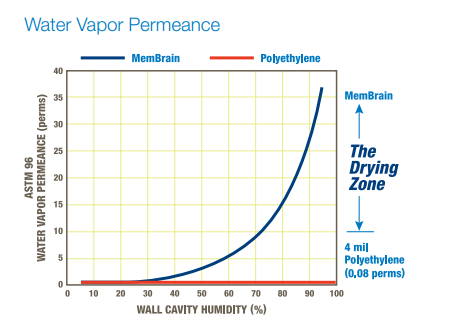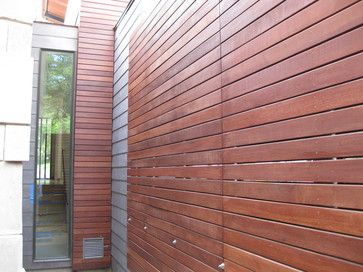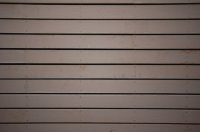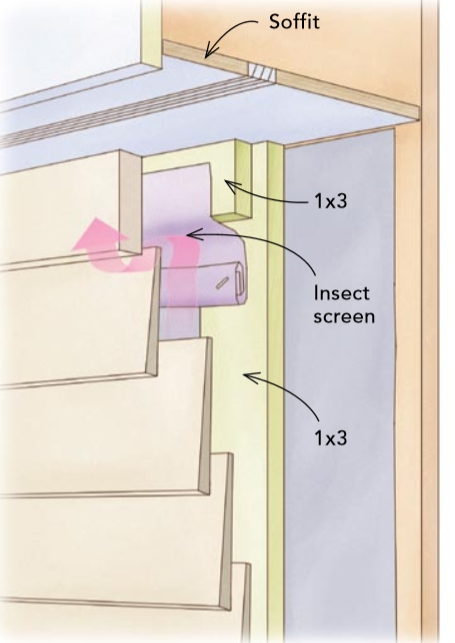In your climate neither reservoir claddings (such as stucco) nor vapor barriers are a particularly good idea, but
rainscreened cladding is. This would be especially true for buildings that are in full shade and not consistently heated, since it has scant help from the sun or heating system in drying it out. Stucco hangs on to rain/dew moisture, which leads to higher moisture content in the structural sheathing.
In residential & commercial buildings with breathing/cooking/bathing mammalian occupants there is a significant interior side moisture drive to protect the structural wood from, but for a sporadically used office the major moisture drives are on the exterior. But even in residential buildings in your climate you DON'T want a true vapor barrier on the interior side, since that would impair the ability of the assembly to dry toward the interior. The most vapor retardent interior sheathing you'd want to use is plywood (which is a "smart" vapor retarder), or standard latex paint on gypsum board, detailed as an air barrier. If you're uncomfortable with skipping broadsheet plastics, go with 2-mil nylon (eg Certainteed MemBrain), which is also an "smart" vapor retarder. Smart vapor retarders have variable vapor permeance, and will block the transfer of moisture as water vapor when the humidity of the proximate air is low, but becomes relatively vapor open when the moisture content is high enough to support mold.
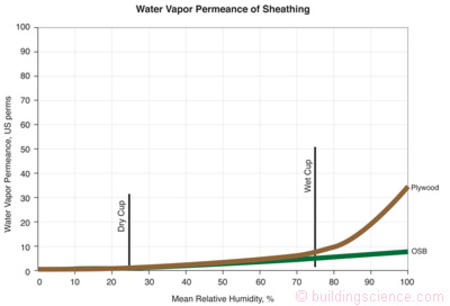
^^^Standard interior latex on gypsum board runs 3-5 perms across the likely range of humidity, which is enough to protect the sheathing in your climate, but is never as vapor open as 2-mil nylon or damp half-inch CDX or OSB. (The "wet cup" mark in the test.)
^^2 mil nylon is extremely vapor open when the humidity in the wall cavity is high, and the limiting factor on drying rate becomes the interior & exterior wall claddings.
Rainscreening the siding with vented gap between the siding & sheathing provides both a capillary break to keep moisture in the cladding from wicking toward the interior and finding susceptible wood, and greatly enhances the drying capacity toward the exterior.
Huber's ZIP system factory-applied weather resistant barrier (WRB) and tapes are expensive compared to housewrap, but pretty idiot proof. The most important thing to get right with any WRB is to lap the window flashing correctly- bulk water leaks are a
far greater risk to the structure than vapor diffusion or air transported moisture from air leaks.
Rock wool is fully fireproof, but doesn't do much for moisture resilience. Using blown cellulose (or cellulose batts, or denim batts) will share and redistribute any moisture burden with the structural wood.
Not that it's a residential building, but the IRC code min would be 2x6/R20
or 2x4/R13+ R5 continuous insulation, but that presumes typical residential interior temperatures & humidity. If going with stucco it's good to use a highly vapor retardent layer on the exterior to prevent the high moisture drives of the stucco from reaching the susceptible wood. A layer of 3/4" foil-faced polyiso (R5) over the sheathing, along with a 1/4" rainscreen gap between metal lath and polyiso with both a weep screed at the bottom and top vents to the exterior to promote convective venting of the gap to the exterior should work pretty well. Using a crinkle type housewrap such as Tyvek Drainwrap would be a good idea if the windows are mounted "innie", which puts the window flashing diverting bulk moisture between the polyiso & sheathing, but with only a thin layer of foam it's pretty easy to just flash the windows to divert moisture into the rainscreen gap, even if the housewrap is between the foam & sheathing. Getting the flashing details right are of utmost importance here, since you don't have sun or space heating to help dry the sheathing out.


